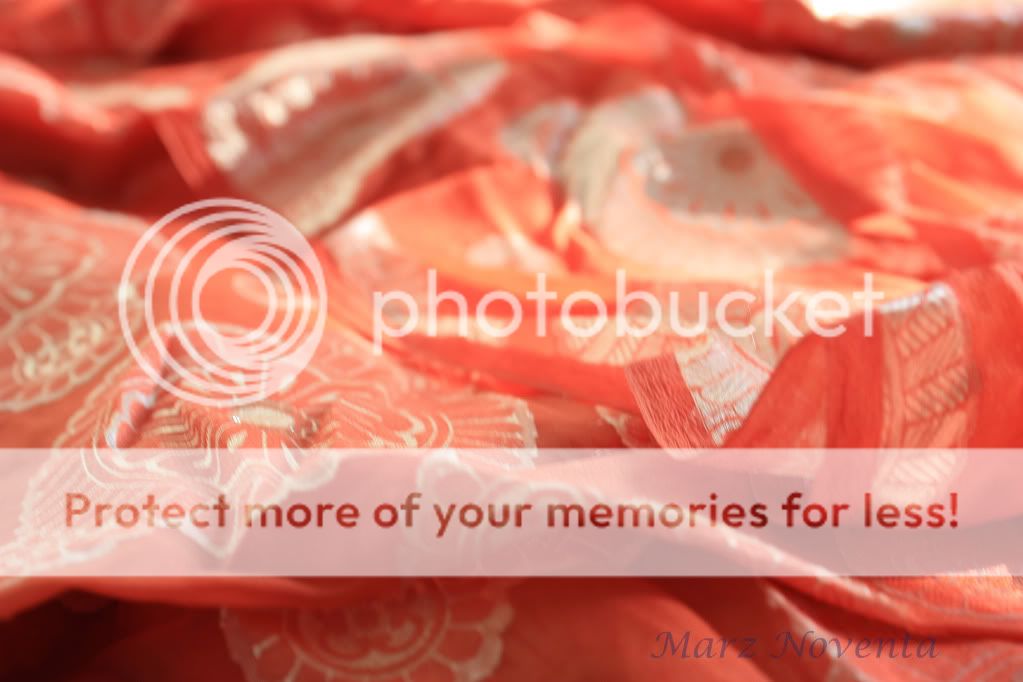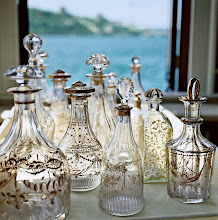This is a topic that is near and dear to my heart. My mother has a collection of saris that are heirlooms and will be inherited by my sister and myself. For those who are unfamiliar, a sari is basically unstitched cloth that is usually 8 meters in length and is draped around the body using very specific (and time consuming) techniques. A petticoat is worn underneath and a blouse that matches the sari is worn on top. Some of the saris are heavily beaded and embroidered silks while others are chiffon and printed silks. As I get older, it is becoming more important that I pick out saris that are of heirloom quality. My mother gave me some tips that I’m sure are applicable to both sari and non-sari wearing individuals when choosing quality clothing and cloth.
Make sure that the silks are heavy and thick so that the sari has some weight and is able to fall nicely. This orange sari pictured here is pure silk, which has incredible weight. My mom got this sari when she was 15 years old from silk bought from Japan by my grandfather. It still looks brand new to this day.


The embroidery and the beading should be incredibly sturdy. You know when you go to forever 21 or even H&M and if a piece has sequences or beading which is kind of falling apart, or is poorly done? This would never be acceptable on a sari. Even on this polyester one that I bought as a teenager, the beading is all hand done and reinforced so that not even one piece can fall out. These garments are meant to be worn for a long time, so the quality of the beading is incredibly important to the people purchasing them. Even if the sari is inexpensive, make sure that the beading is firmly attached, and it should last for a long time.


Taking care of a sari is incredibly important. This silk-chiffon number is heavily beaded and was given to my mother when she got married 28 years ago. It still looks brand new because she only washes it by hand and with incredibly mild soap. Dry cleaning is not necessary or recommended with any sari. Using harsh detergents is not recommended either. And when you’re storing them, make sure to put in lavender sachets to keep moths and bugs away, and to fold them so the embroidery is on the inside, and the outside is the back of the sari. Many of the saris are going to show signs of staining after 20 plus years, so that is why it is better that the stains be on the inside so the sari is still wearable.



This sari was bought for me seven years ago from my mother, which started off my own sari collection. I still love it, and because it is unstitched, I can be sure that I can still fit in it after all these years!



These dark brown and orange saris have been in my mom’s wardrobe for almost forty years. They are showing no signs of wear and are still in impeccable shape.




So if you're ever interested in getting a sari, or in any special occasion dress in general, make sure that you take special care of it, and buy for quality, not quantity. Special items can last a lifetime, and the memories and stories associated with them are priceless!







































































